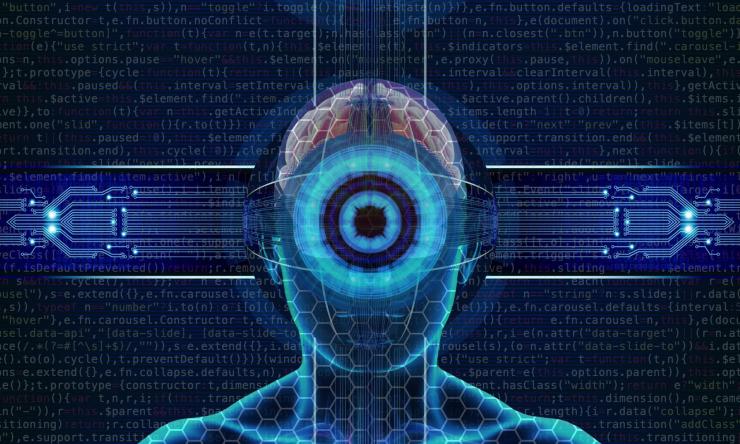Pupil dilation - a window to perception
The eyes are often referred to as the “windows to the soul.” In fact, there is a grain of neurobiological truth to this. An international research team from the Universities of Göttingen and Tübingen, Germany, and Baylor College of Medicine in Houston, are now able to provide answers as to why pupil size is influenced by not only sensory stimuli like light, but also by our internal state such as fear, excitement or attention.
The findings, appearing in the current edition of Nature, help to explain whether these rapid, state-dependent changes in pupil size found not only in humans but also in other vertebrates, affect the way we perceive our surroundings.
Artificial intelligence for data analysis
Researchers started their work by investigating how state-dependent changes in pupil size affected the vision of mice.
“While the eyes convert light to neural activity, it is the brain which is crucial for the interpretation of visual scenes,” said Dr. Katrin Franke, research group leader at the Institute for Ophthalmology Research at the University of Tübingen and first author of the study.
In their experiments, the researchers showed mice different colored images and recorded the activity of thousands of individual neurons within the visual cortex, a particularly relevant brain area for visual perception. Based on these recordings, they used deep neural networks to create a computer model as a digital twin of the cortex, simulating the responses of large numbers of neurons in the brain. They then used this computer model to identify the optimal visual light stimulus for each neuron, meaning each neuron's "favorite image."
Effects on visual perception
This model revealed something quite interesting: When the mice dilated their pupils due to an alert state of mind, the color sensitivity of the neurons changed from green to blue light within seconds, meaning neurons were more green sensitive in a quiet state and became more UV sensitive in an active state.
This was particularly true for neurons that sample stimuli from the upper hemisphere used to observe the sky. In subsequent experiments they were able to verify that this also happens in the real biological neurons.
With the help of eye drops that dilate the pupil, researchers were then able to simulate the higher sensitivity to blue light even for a quiet brain state.
“These results clearly demonstrate that pupil dilation due to an alert brain state can directly affect visual sensitivity and probably visual perception as well. The mechanism here is that a larger pupil lets more light into the eye, recruiting different types of photoreceptors in our retina and thus indirectly changing the color sensitivity in the visual cortex," Franke said.
But what are the benefits of this change in visual sensitivity? Konstantin Willeke, co-first author of the study and member of the research group led by adjunct professor of neuroscience at Baylor Dr. Fabian Sinz, said: "We were able to show that the higher neuronal sensitivity to blue light probably helps the mice to better recognize predators against a blue sky.”
The computer model that the researchers created can also prove useful in many ways. Researchers are hoping others could use this model for further experiments to understand visual processing.
"Combining high throughput experimental data with AI modeling is opening a new era in neuroscience research. They enable us to extract accurate digital twins of real-world biological systems from data," said Sinz, who is currently professor at Göttingen University and one of the principal investigators of the study. “With these digital twins, we can perform an essentially unlimited number of experiments in a computer. In particular, we can use them to generate very specific hypotheses about the biological system which we can then verify in physiological experiments.”
Dr. Andreas Tolias, also principal investigator on the study and professor and director of the Center for Neuroscience and Artificial Intelligence at Baylor, said: “The finding that brain state-related changes in pupil size affect visual sensitivity has implications for our understanding of vision well beyond predator detection in mice. Further research questions now arise as to how perception in numerous other animals is influenced by this effect. The pupils in our eyes could thus not only be a window into the soul, but also change the way we perceive the world from moment to moment depending on our inner state of mind.”











